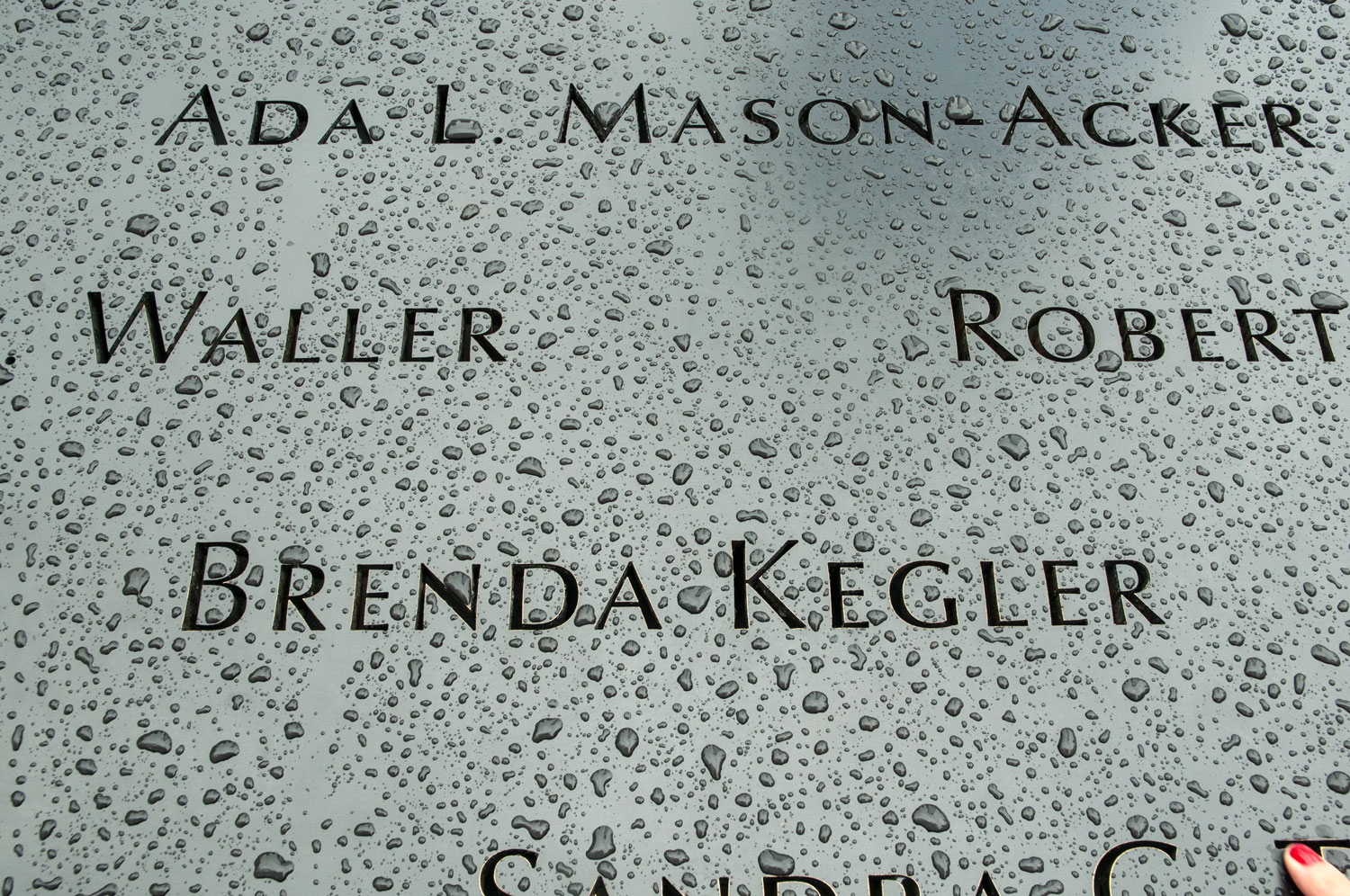Rebuilding after 9/11
Photos by Forrest Anderson
I usually avoid September 11.
I’m a former New Yorker who often visited with friends at the pre-2001 version of the World Trade Center and once considered the bustling Twin Towers part of the ordinary fabric of my life in Manhattan. I return to New York often and continue to have enormous affection for the city and Lower Manhattan.
When I lived in New York, I worked as an international news editor for the Associated Press and wrote almost daily about a string of sad events in Afghanistan. I never dreamed that the iconic Twin Towers and Afghanistan, two seemingly unrelated fragments of my life, would ever be so closely linked.
On the day of the 9/11 attacks, I spent several anxious hours before finding out in the evening that my New York friends were safe.
Like many people, I also have experienced unrelated traumatic losses in September. One, the death of my firefighter father, always returns with a shock when I annually am confronted with photos of helmeted firefighters who died on September 11, 2001. The images of people leaping from the World Trade Center as it burned take me back to the unrelated death of a close friend who fell from a tall building.
September 11’s annual arrival represents a revival of these tragedies, so I have always made a point of keeping busy with other activities on the anniversary.
I’m not alone – researchers who studied a large representative sample of Americans after the September 11th attacks found that many developed lasting post-traumatic anxiety associated with the attack and that they did not have to have been at the World Trade Center to be deeply affected by the disaster. Those who witnessed the attacks live on television as I did were more likely to exhibit this response.
The World Trade Center Health Program, which provides free medical care to people with health problems that could be linked to the attacks, continues to have more than 111,000 people enrolled. Many of them suffer from physical problems from the dust and smoke generated by the towers’ collapse, but post-traumatic stress disorder is one of the most common and persistent health conditions for 12,500 people in this program.
The common anxious response to anniversaries of 9/11 is called the anniversary effect. Mental health experts recommend that people who find such anniversaries traumatic do what I have done over the years - limit observance of them and keep busy with other activities. These experts say that it is normal to experience a resurgence of grief on the 9/11 anniversary and that many people experience the same physical and emotional reactions they had during the event itself. Sometimes, people can feel greater grief on anniversaries than they did at the time of the event. This is what happened to many people this year for a number of reasons.
The first was the catastrophic fall of Afghanistan after America’s longest war which began as a result of 9/11. Another reason was that the world already is engulfed in the collective grief associated with the huge death toll of the pandemic. The avalanche of grief-stricken stories about 9/11, which include many photos that at the time of the event news editors made the decision not to publish because of their graphic content, were a third reason. For many people, seeing these images brought with it a realization that the attack was even worse than many knew at the time. They also were able to see it more clearly in the context of the long Afghanistan war and the war on terrorism.
Finding myself unable to avoid the 9/11 anniversary as I usually do, I decided to confront it this year. I brought myself up to date on the timeline of the connection between the Afghan war and 9/11 and on what has happened in New York with the World Trade Center site as well as reading accounts by survivors and victims.
Surprisingly, I found that this deep dive into 9/11 enabled me to bring together the related fragments of my own story and to understand better how my life and the nation have been affected by 9/11 and its surrounding issues.
This helped me to reach the realistic conclusion that recovering from a major disaster is never complete, it can take a long time (sometimes generations) and it is always messy, but the process moves forward simply because the only option is to move on.
Part of this realization came as I studied the history of the World Trade Center site. Here’s what I learned about the site and the 20-year process of rebuilding it.
The First World Trade Center
In 1613, at the western part of today’s World Trade Center complex, Dutch explorer Adriaen Block’s ship, Tyger, burned. As a result, he and his crew were forced to overwinter there and ended up building the first permanent European settlement in Manhattan. The shoreline was extended with landfill starting in 1797, and the remains of the boat were rediscovered during excavation work in 1916.
Before the World Trade Center was built, the area was a warehouse and electronic store district.
David Rockefeller proposed the idea of a World Trade Center in 1943 to stimulate urban renewal in Lower Manhattan. Thirteen square blocks had to be demolished for the World Trade Center’s construction, and people in the area fiercely fought the project until the U. S. Supreme Court refused to hear their case. Construction didn’t start until 1966 and there were many design changes along the way. One of the major challenges for such tall buildings was the elevators. The engineers used a system with sky lobbies – floors where people could switch from a large-capacity express elevator to a local elevator that went to each floor in a section. The design allowed the stacking of local elevators within the same elevator shaft. The sky lobbies on the 44th and 78th floors of each tower enabled elevators to be used efficiently. The World Trade Center had a total of 95 elevators.
The Twin Towers were built using what was called framed-tube design, with each tower having 236 high-strength load-bearing perimeter steel columns spaced closely together to form a strong rigid wall structure that supported lateral loads and shared the gravity load with core columns. The 49 columns per side were constructed with modular pieces three stories tall that were prefabricated off-site. The core of the towers housed elevator and utility shafts, restrooms, stairwells, and other support spaces.
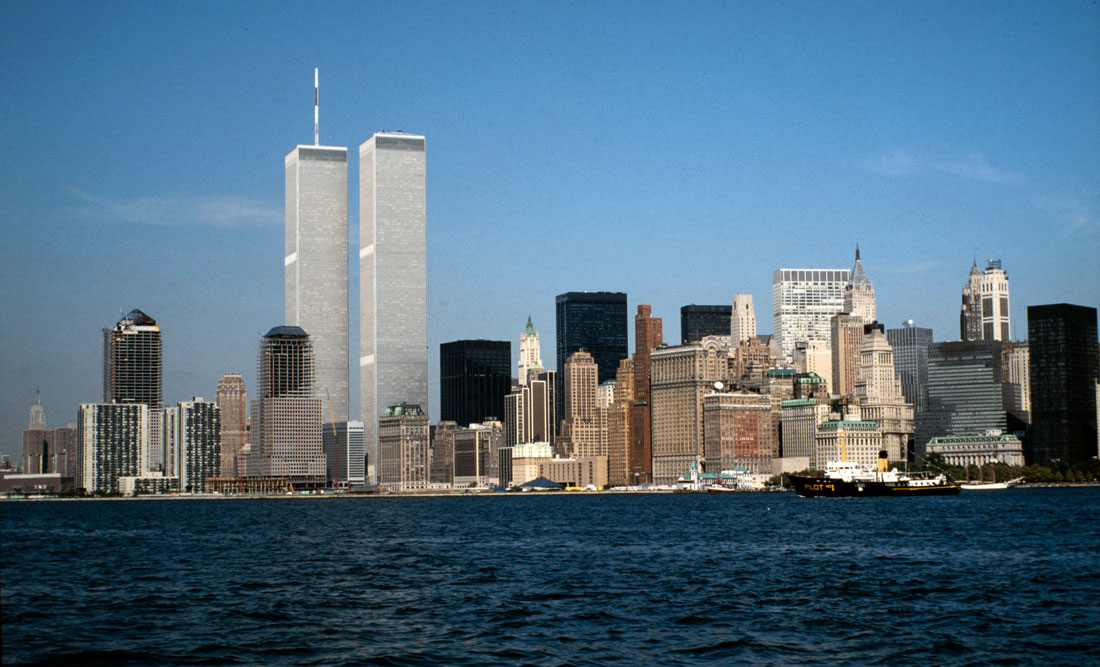
The design created a relatively lightweight structure that would sway more in response to wind than traditional structures such as the Empire State Building. Wind tunnel tests were done to establish wind pressures that the World Trade Center towers could be subjected to and the structural response to those forces. Experiments were done to evaluate how much sway occupants could tolerate. Many subjects experienced dizziness and other ill effects from the sway, so dampers were developed to absorb some of it.

Many people disliked the the towers’ design being placed in an area with more traditional architecture, likening it to filing cabinets or calling it the boxes that the Empire State Building and Chrysler Building had come in. Others thought the soaring height was exhibitionist and disliked the disruption of traffic caused by eliminating some streets in the area.
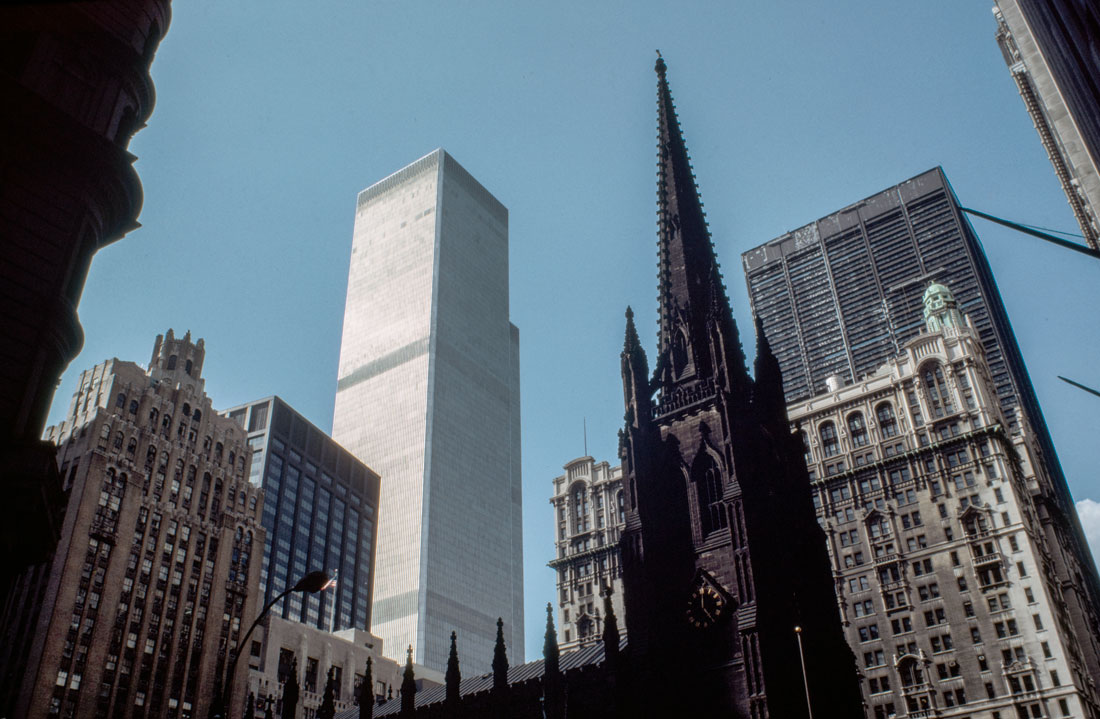
The complex’s seven buildings including the 110-story Twin Towers were complete by 1987. At the time of their completion, the Twin Towers were the world’s tallest buildings and had more floors than any other buildings. The complex contained 13 million square feet and became a mini-city that had its own zip code and housed 430 companies where about 50,000 people worked. Another 140,000 visitors were on site on a typical weekday.
The Twin Towers became two of the most iconic buildings in the world, appearing in some 470 films. Dozens of films have been produced since about the buildings’ destruction.
The observation deck called Top of the World on the 107th floor of the South Tower and the Window on the World restaurant on the North Tower became top New York tourist destinations. Windows on the World made $37 million in its last year of operation, more than any other U.S. restaurant.
The complex’s underground shopping mall was connected with New York’s mass transit, so a trip south on the subway often meant going to the World Trade Center.
The center was a constant venue for celebrity events, exhibits, conferences and other events. Millions of dollars in gold and other precious metal reserves were stored by banks in vaults under the World Trade Center.
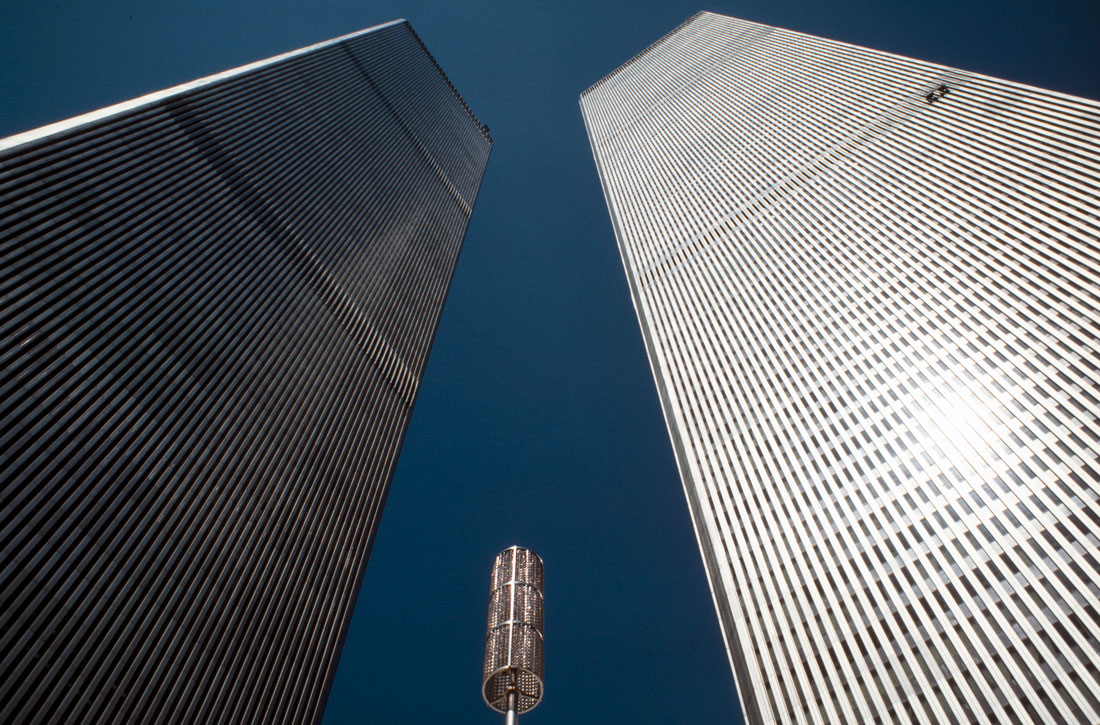
Long before the 9/11 attacks, there were concerns about fire, a terrorist attack and a low-flying plane hitting the building. In 1975, a fire started on the North Tower’s 11th floor and spread to the 9th and 14th floors when telephone cable insulation in a utility shaft caught fire. There were no injuries and the fire was quickly extinguished, but firefighters expressed concerns then and on other occasions about how they could save people in the towers in the event of a major conflagration.
In 1993, a Ryder truck filled with 1,500 pounds of explosives was detonated in the North Tower’s underground garage, killing six people and injuring 1,042. It blew a 100-foot hole through five levels underneath the tower.
Seven people were convicted, a presiding judge saying that their goal was to destabilize the North Tower and send it crashing into the South Tower so it would fall as well. A reflecting pool memorial to the dead was built but was later destroyed in the 9/11 attack. The names of the victims of the 1993 bombing are now on the National September 11 Memorial at the site.
The towers took years to reach high occupancy, and achieved 90 percent occupancy just a year before they were destroyed.
Both towers collapsed on the morning of Sep. 11, 2001 after Al Qaeda-affiliated hijackers flew two Boeing 767 jets into them. Al-Qaeda, led by Osama Bin Laden, carried out the attack in opposition to U.S. support of Israel and U.S. troops in Saudi Arabia. The attack launched the U.S. international effort to hunt down and kill Bin Laden as well as the second Iraq War and the war in Afghanistan against Al Qaeda and his alleged supporters.
Falling debris and fires caused the partial or complete collapse of the entire complex as well as ten other large buildings in the area. Because of the large number of people who were usually on the site, there were initial fears that the casualties would number in the tens of thousands.
The attack killed 2,606 people in and around the towers. More than 6,000 other people were injured. Some 17,400 people were in the towers at the time of the attacks, but the majority of those below the areas of impact were able to escape before the buildings collapsed. More than 90 percent of deaths were people above the point of impact in the buildings who were trapped.
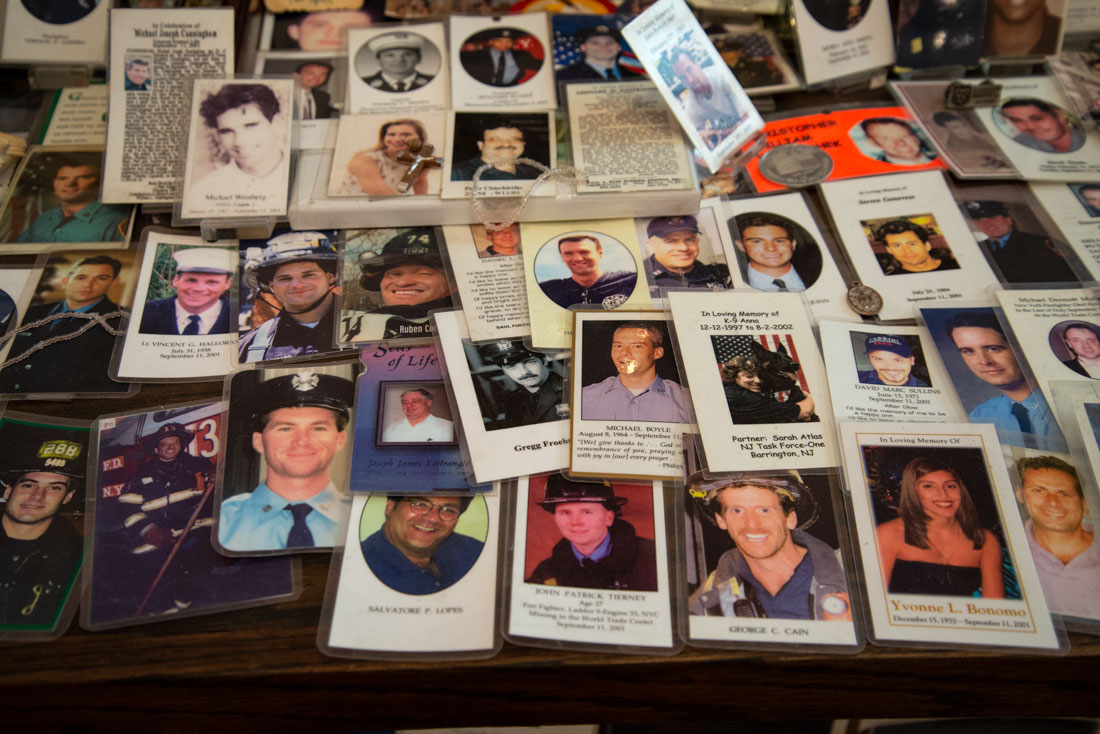
Of the deaths, 414 were firefighters, law enforcement officers, paramedics and a chaplain who went into the damaged buildings to help evacuate people and were killed when the towers collapsed. Only 20 people escaped after the towers collapsed.
The fires at the site burned for some time, and the remains of just 1,629 people have been identified.
It took eight months to clean up the site.
The Second World Trade Center
Early on, New Yorkers vowed to rebuild the site, and construction started on a new complex with a memorial plaza and museum to those killed in the attack. The first new building, 7 World Trade Center, opened in 2006. The National September 11 Memorial opened in 2011 and the accompanying museum in 2014. Nearly 18 million people have visited the memorial, which has infused the World Trade Center complex with new meaning as a national historical site and patriotic icon.
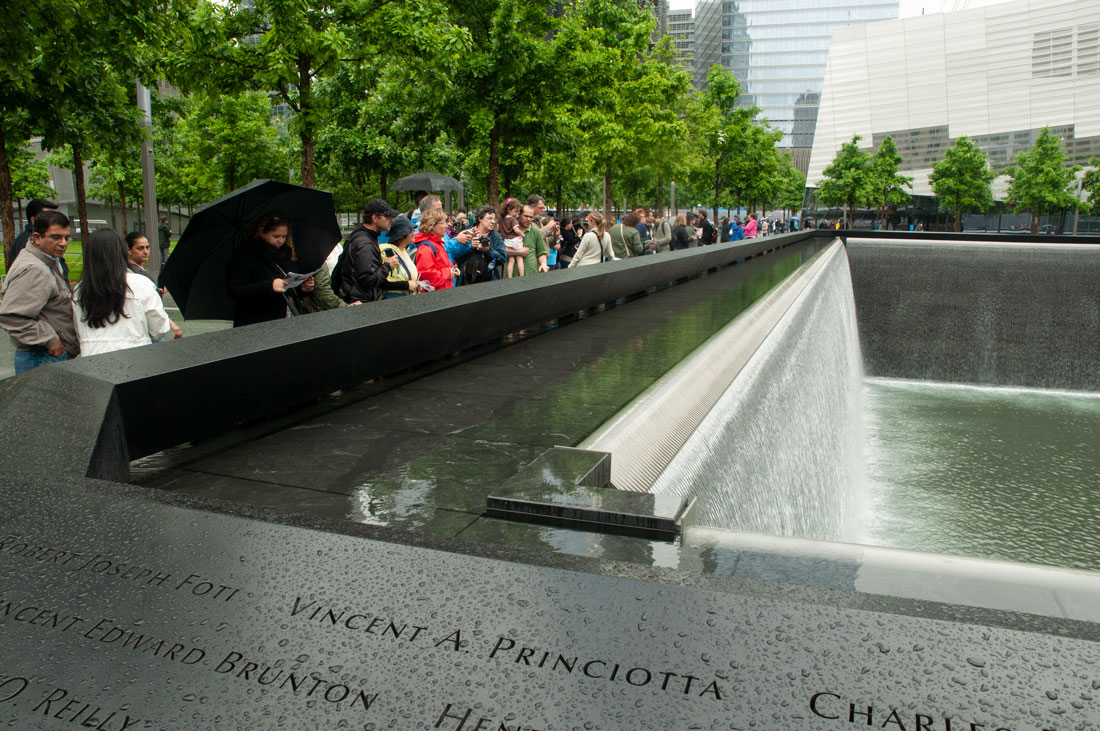
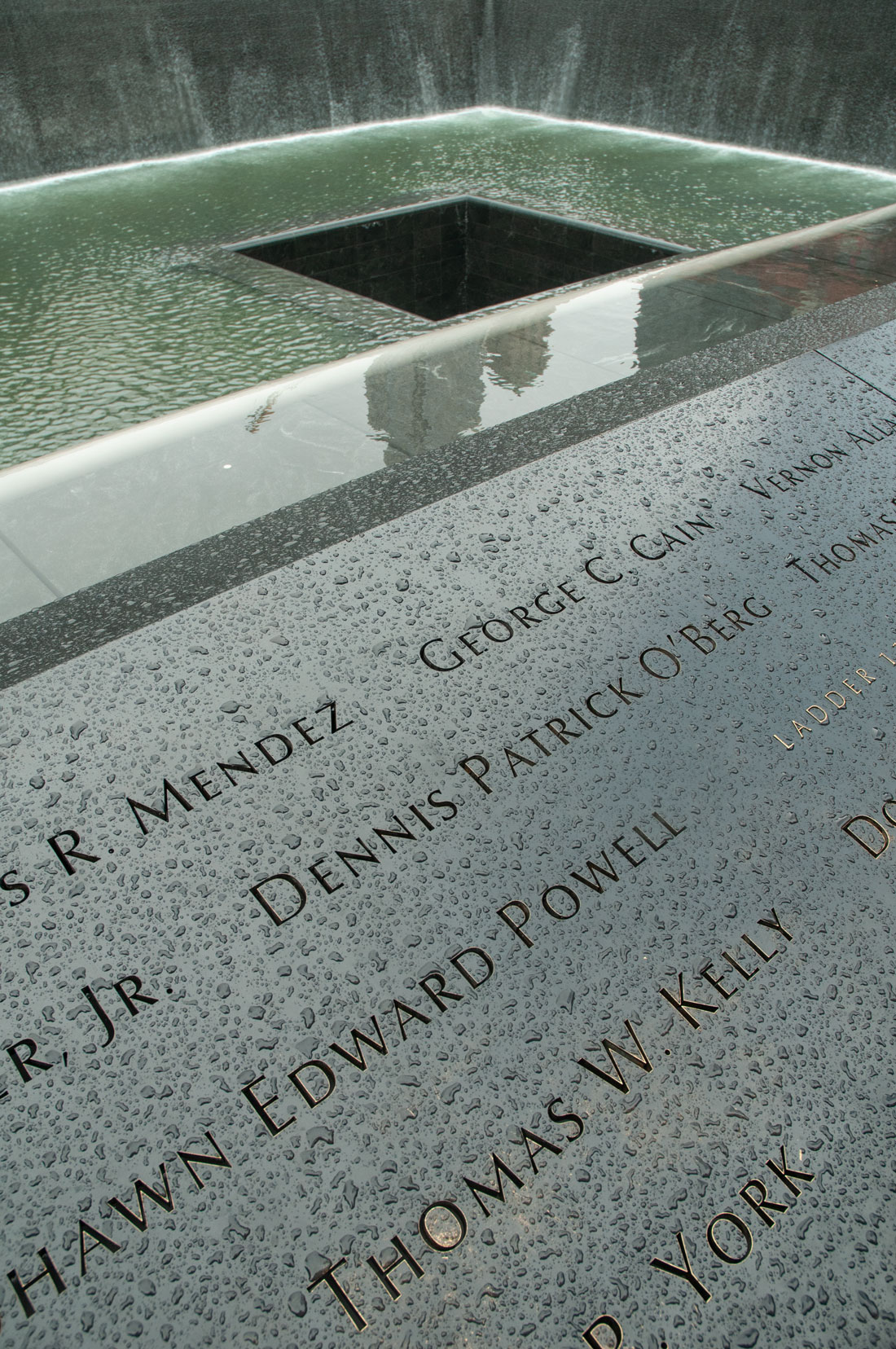
The new lead tower, One World Trade Center, is the second tallest building in the Western hemisphere at 1,776 feet. The height is a deliberate reference to the year 1776 when the Declaration of Independence was signed. President Barack Obama visited the construction site and wrote on a steel beam that would be hoisted to the top of the tower, "We remember, we rebuild, we come back stronger!" Workers also left post-9/11-related graffiti at the site to symbolize rebirth and resilience.
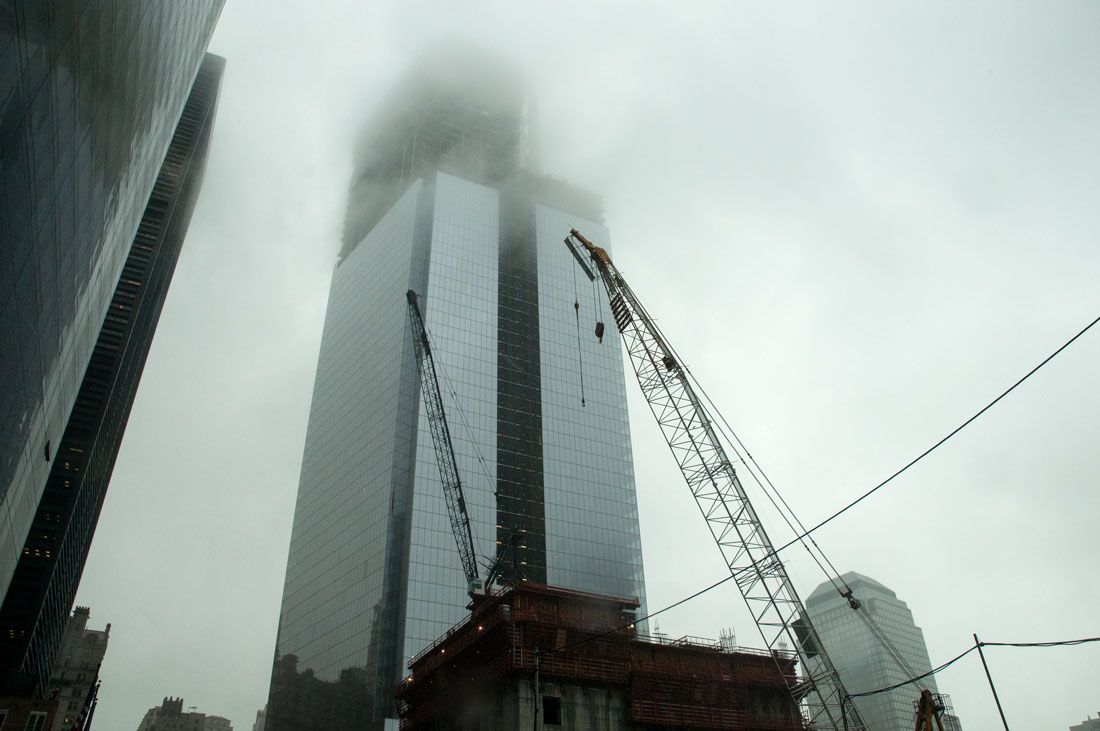
The tower opened in 2018 along with two other buildings, 4 World Trade Center and 3 World Trade Center.
In response to earlier complaints about streets being demolished in the building of the original World Trade Center complex, several streets have been rebuilt.
The new World Trade Center complex has been planned to eventually have five high-rise office buildings as well as the memorial and museum.
One World Trade Center is washed in colored light for patriotic holidays and other special events.
The tower has a three-story observation deck, located on floors 100–102, in addition to existing broadcast and antenna facilities.
Leasing of office space in 1 World Trade Center initially was slow because many potential tenants did not like its association with the terrorist attack, but has gradually filled up.
Twenty years after the terrorist attacks of September 11, 2 World Trade Center still isn't off the ground. Forbes has estimated that the combined value of the completed office buildings is more than $11 billion, less than the $20 billion put into the project by public and private investors since 2001. The total costs are expected to rise to $26.2 billion as construction moves ahead on 2 World Trade Center and 5 World Trade Center, a residential building.
Before the pandemic, at least 250,000 people passed through the Oculus transit station at the site per day — more than three times the 70,000 people who commuted daily to the original World Trade Center towers. The station has access to 12 subway lines and PATH trains as well as most city bus and ferry lines.
The World Trade Center also is a jumping off place for visits to some of New York’s most famous tourist sites – the Statue of Liberty, Ellis Island, Wall Street, the New York Stock Exchange, Federal Hall, the Federal Reserve Bank of New York, the Irish Hunger Memorial, the Maritime Craft Center, and other museums and memorials.
A performing arts center and a Greek Orthodox Church to replace one destroyed on Sept. 11 are under construction and expected to open in 2023.
In addition to the World Trade Center memorial, there are several other 9/11 memorials and plaques in the area. Together, their presence permeates the site with the lasting memory of the attack.
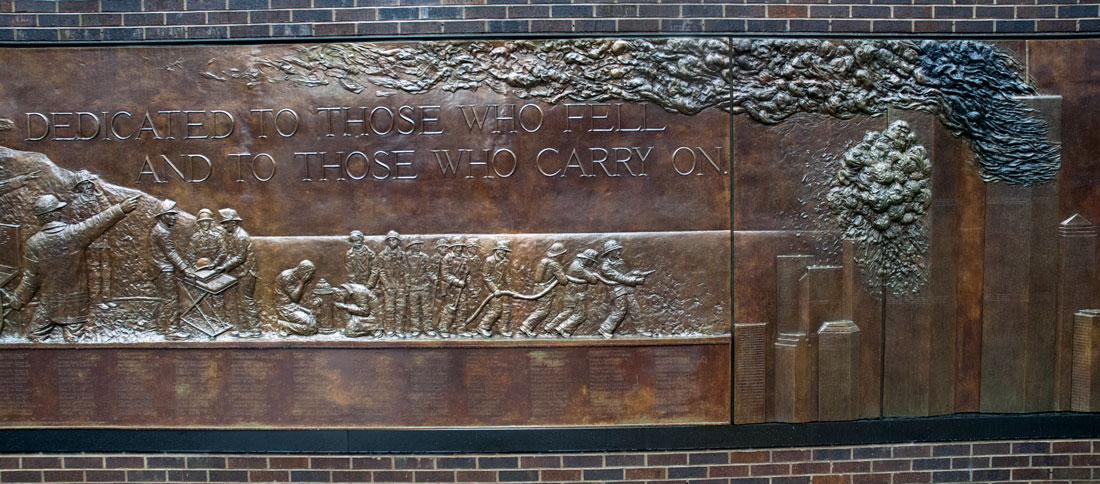
More photos of New York City
Check out these related items

Memorial to Once-Forgotten People
A moving monument and burial ground in Manhattan comemorates enslaved people who once made up more than a third of New York City.
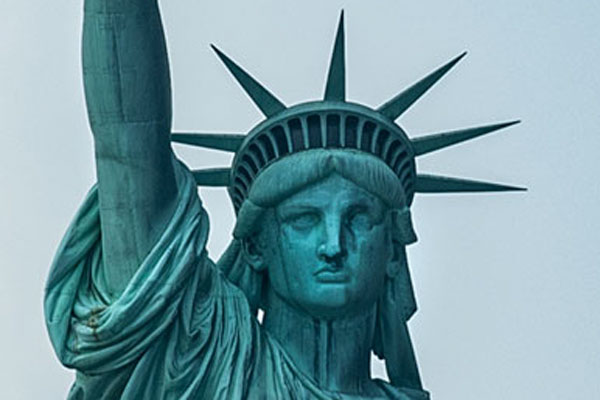
Patriotic New York City
New York City, America's great atypical metropolis, taught me what America means. Here are my favorite patriotic sites in the city.

Why is Washington, D.C. so Roman?
The U.S. capital has more Roman-style architecture than almost any major city. We explore why.
